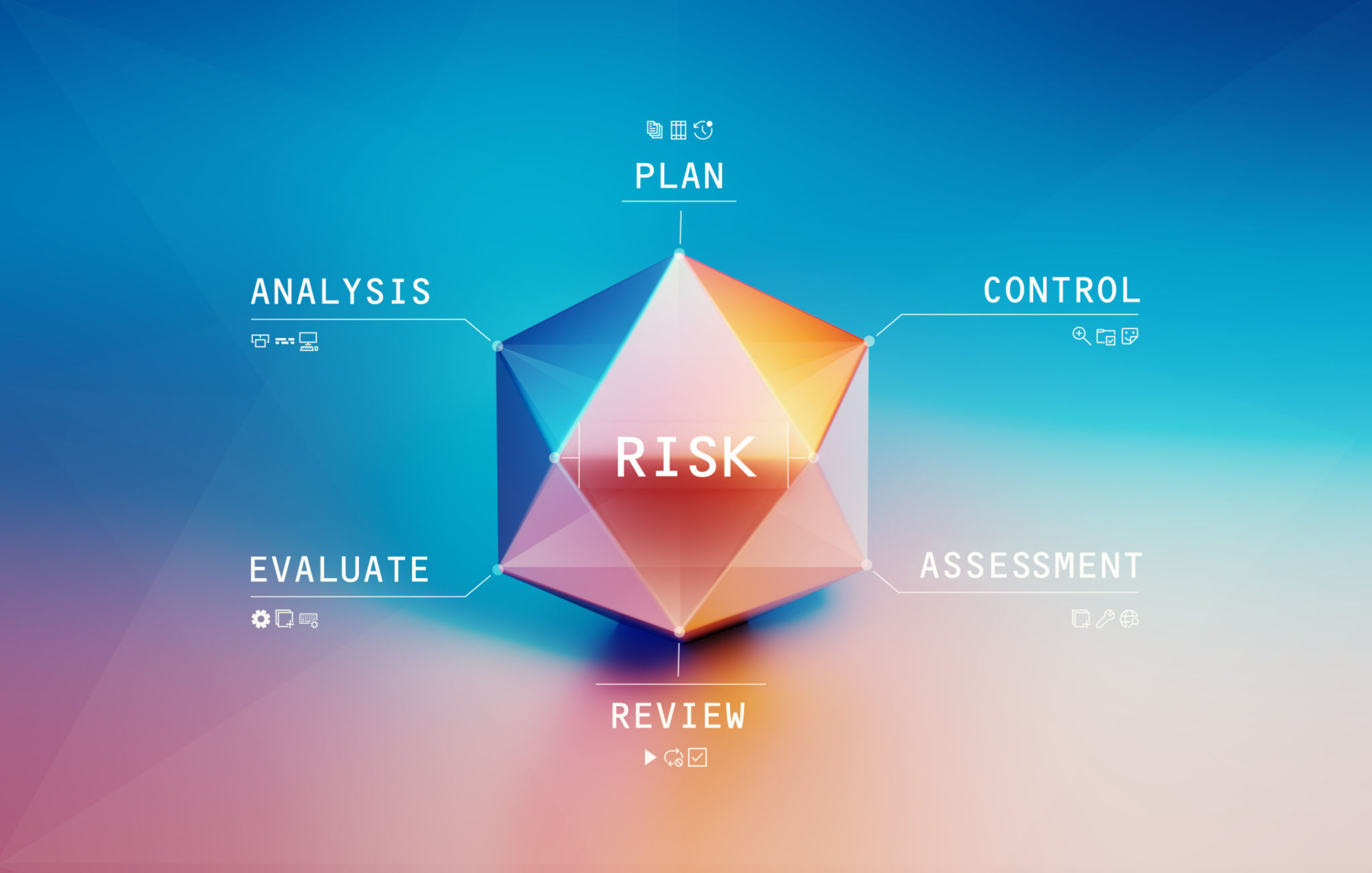Risk Management in Trading: Balancing Faith and Finance
Understanding Risk in Trading
In the world of trading, risk management is a crucial component that can make or break an investor's success. Balancing the often fine line between faith and finance requires a deep understanding of the risks involved and the strategies needed to mitigate them. Understanding risk is the first step towards successfully managing it.
Risk in trading refers to the potential for losing money. It is an inherent part of the trading process, whether you are dealing with stocks, commodities, or currencies. Investors must be prepared to face financial losses, but the key is to minimize these losses while maximizing potential gains. This involves a combination of analysis, strategy, and sometimes a bit of intuition.

The Role of Faith in Trading
Faith in trading doesn't necessarily imply a blind leap into the unknown. Instead, it involves having confidence in your analysis, your strategies, and the markets themselves. Traders must trust their research and the systems they have put in place to guide their decisions.
Having faith also means being able to withstand temporary losses without panicking. Markets are inherently volatile, and prices fluctuate for a variety of reasons. Successful traders maintain their composure and stick to their plans even when market conditions seem unfavorable.
Trusting Your Strategy
Developing a solid trading strategy is essential for balancing faith and finance. Your strategy should be based on thorough research and analysis, taking into account both historical data and current market trends. Once your strategy is in place, it's crucial to trust it and follow through with discipline.

Financial Management in Trading
While faith is important, traders cannot ignore the financial aspects of trading. Effective financial management involves setting clear goals, creating a budget, and adhering to it strictly. This includes determining how much capital you are willing to risk on each trade and setting stop-loss orders to limit potential losses.
It's also important to diversify your portfolio. By spreading investments across different assets, traders can reduce the impact of a loss in any single investment. Diversification helps manage risk by ensuring that not all your eggs are in one basket.
Setting Risk Tolerance Levels
Understanding your risk tolerance is vital for effective risk management. Each trader has a different threshold for risk, and it's important to be honest about yours. This involves assessing how much loss you can bear financially and emotionally, and then tailoring your trading strategy accordingly.

Balancing Faith and Finance
The art of trading lies in balancing the emotional aspect of faith with the practical side of financial management. Traders who master this balance are often more successful in navigating the ups and downs of the market.
To achieve this balance, traders should continuously educate themselves about market conditions and remain adaptable. Staying informed allows traders to adjust their strategies as needed while maintaining confidence in their overall approach.
Continuous Learning and Adaptation
The trading landscape is constantly evolving, and so should your approach to it. Regularly updating your knowledge and strategies can help you stay ahead of market changes. Joining trading communities, attending workshops, and reading extensively about market trends can all contribute to a trader's ability to balance faith and finance effectively.
Ultimately, successful trading requires a harmonious blend of gut feeling and calculated risk-taking. By carefully managing both aspects, traders can navigate the complexities of the market with greater confidence and success.
